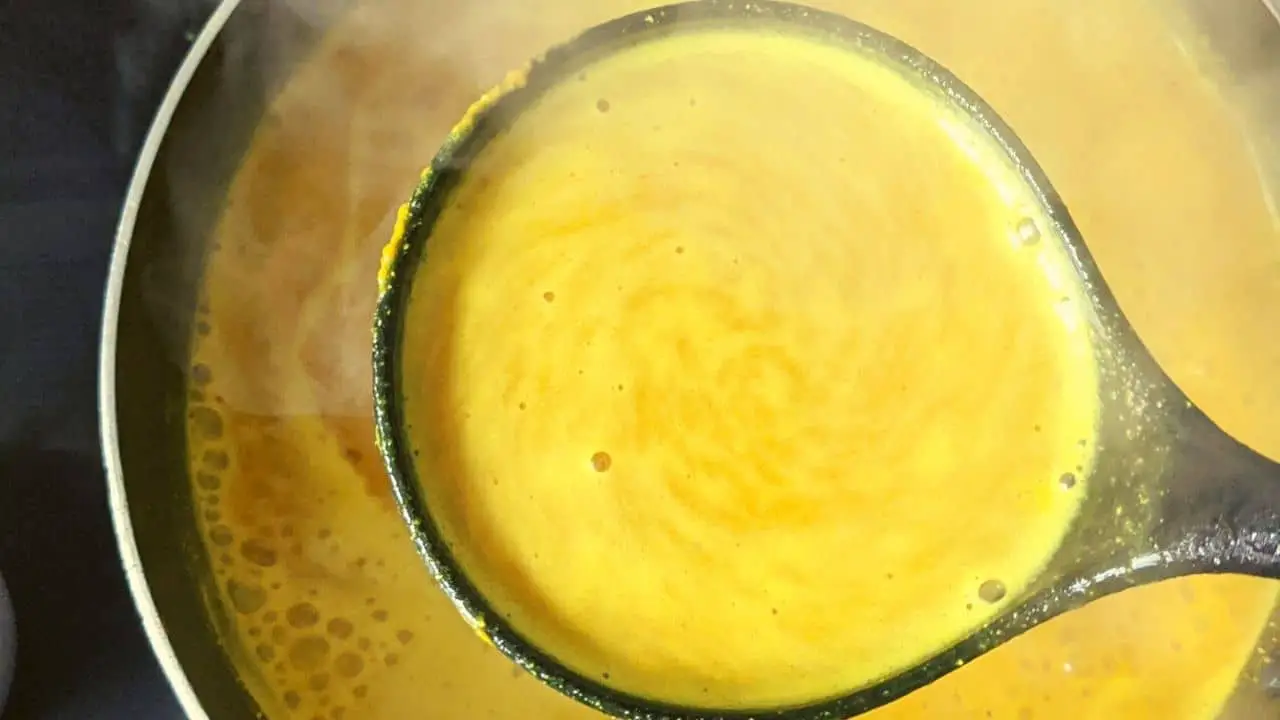If you haven’t heard by now, turmeric is kind of a big deal.
Also known as Curcuma Longa or Golden Spice, it is a key component of many Asian cuisines, this brightly colored spice is regarded not just for its sweet and zingy flavor but also for an array of incredible properties for well-being.
Thanks to the therapeutic qualities of its main active ingredient, curcumin, turmeric has been used by generations of Ayurvedic practitioners to soothe a wide range of ailments.
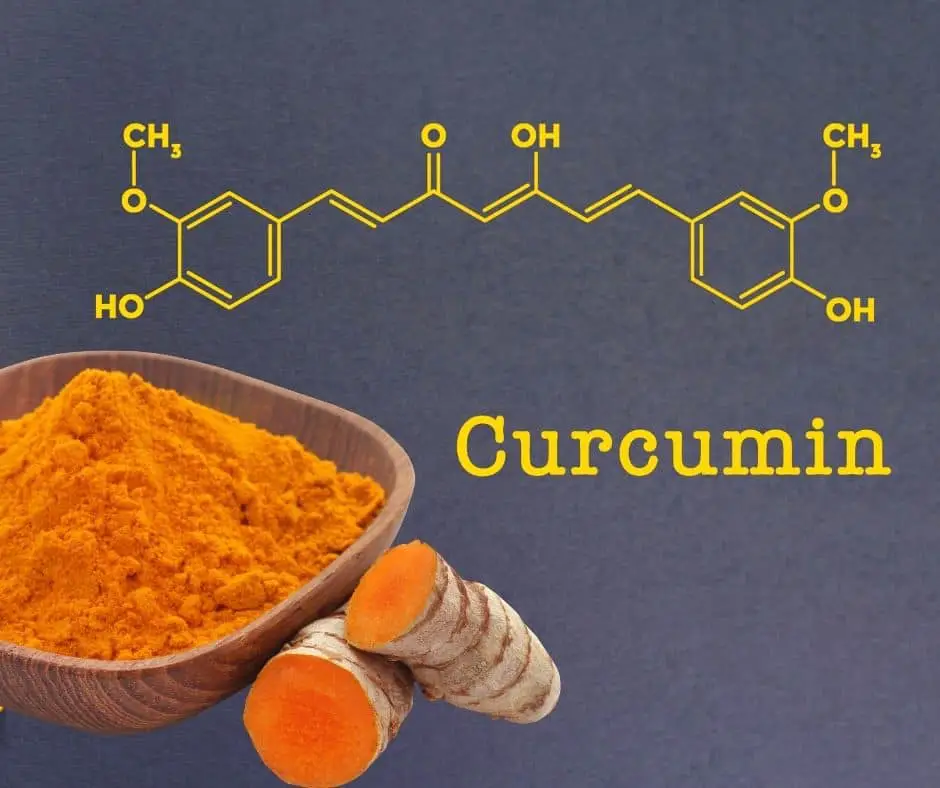
Curcumin is a naturally occurring compound found in plants of the Curcuma longa species like turmeric.
In recent years, many people in the Western world have also started to appreciate the power of this super spice, with it being incorporated into diets, menus, and recipes everywhere.
Powerful as it may be, extracting all of turmeric’s therapeutic benefits, however, is not as simple as throwing it in a morning smoothie, eating a slice, or sprinkling some into hot water to make a tea.
Curcumin is believed to have limited bioavailability, which is a scientific way of saying that in isolation, the body has a tough time making use of it.
What Is The Bioavailability Of Curcumin And Why It Matters?

Curcumin, the principal curcuminoid in turmeric, has been confirmed to demonstrate very poor bioavailability.
Bioavailability is the amount of curcumin in turmeric that can be absorbed by the body for metabolic purposes. Suppose there is a high bioavailability of a nutrient. In that case, it is easy for the body to metabolize, digest, and absorb it.
Unfortunately, the bioavailability of curcumin is poor, and your body will have trouble digesting, metabolizing, and absorbing it. [1]
But luckily, there are some easy and tasty ways you can eat turmeric that will increase its bioavailability, and your body can get the maximum benefit.
In this article, I would like to concentrate on some powerful food combinations and ways to eat turmeric that can enhance and skyrocket curcumin’s bioavailability.
Also, to give that curcumin-y goodness the best chance of being absorbed by your body (allowing us to reap all the benefits), we need to be selective not just in what we eat our turmeric with but also in how we eat it.
How Is Turmeric Best Absorbed?
In the interest of achieving optimal absorption, here are 7 of the best and most effective ways you should consume turmeric:
1. Add Some Black Pepper
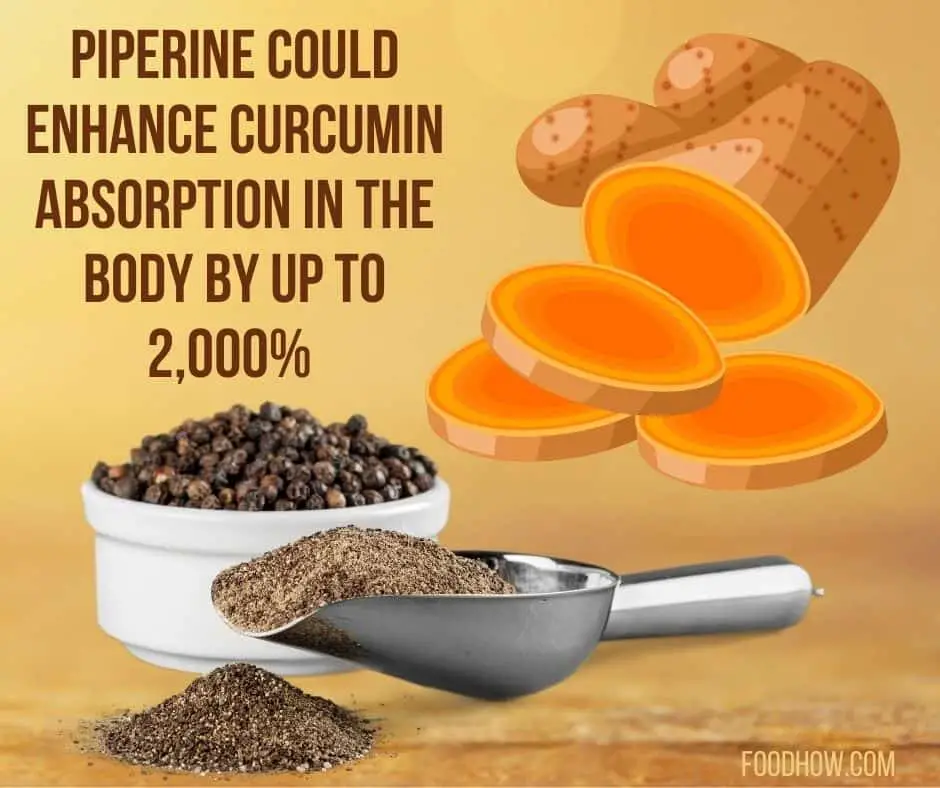
Who would have guessed that black pepper, the modest table seasoning, is such a brilliant curcumin absorption booster?
Black pepper contains an alkaloid called piperine, which gives pepper its pungency and acts as an enhancer of the absorption of various nutrients, including curcumin.
One particular study showed the noticeable effect of piperine, concluding that ingesting 20mg per kilogram of body weight improves curcumin’s bioavailability by a massive 2000%.
If you’re going to give any of your meals a spicy turmeric kick, then don’t forget to add some black pepper or, even better, get a pure, high-potency black pepper extract like the one below.
Learn More: How Much Black Pepper Or Piperine Should Be Taken With Turmeric?
2. Combine Turmeric With (Healthy) Fats
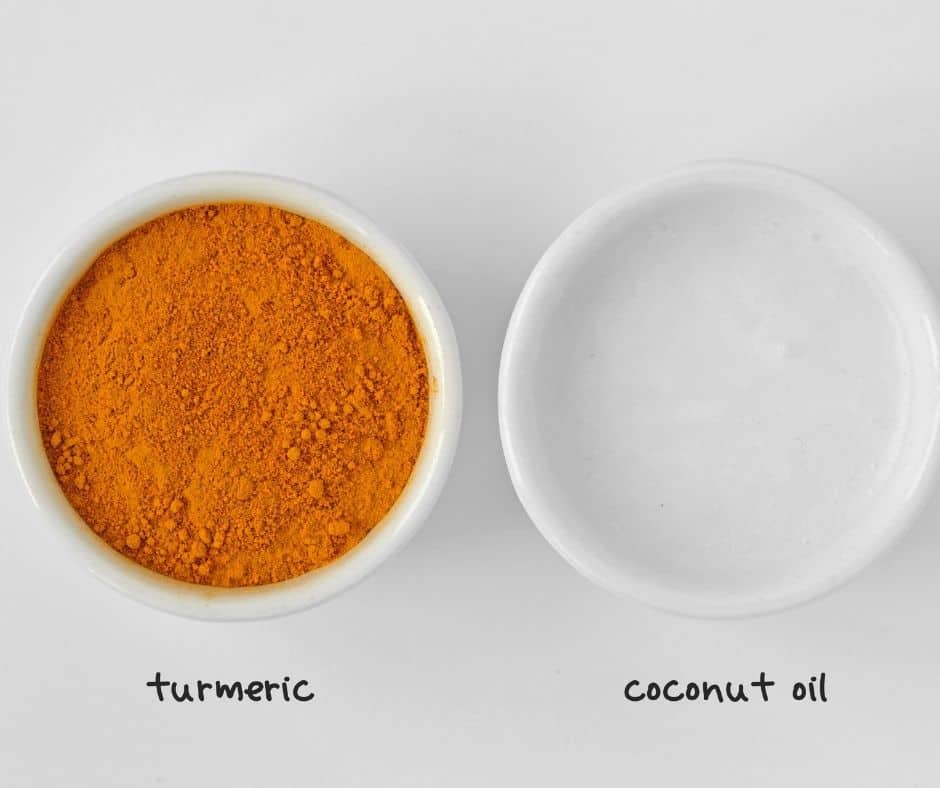
When ingested on its own, curcumin’s low solubility in water means it cannot be easily absorbed by the gut.
Curcumin is lipophilic, however, a term that describes the way in which it binds to dissolves in (and is generally attracted to) fat molecules. [2]
Since fat is readily absorbed into the intestines (and eventually into the bloodstream), curcumin becomes more bioavailable by simply being attached to it.
Practically speaking, this means consuming fat or oil and turmeric together is an excellent idea.
Turmeric works well in dishes that include fatty ingredients like avocado or coconut oil/milk.
Thinking of making a delicious curry? That is an excellent idea! Cooking with turmeric, using healthy fats together with freshly ground black pepper is a great combination to increase the absorption of curcumin.
3. Heat It Up (Gently)
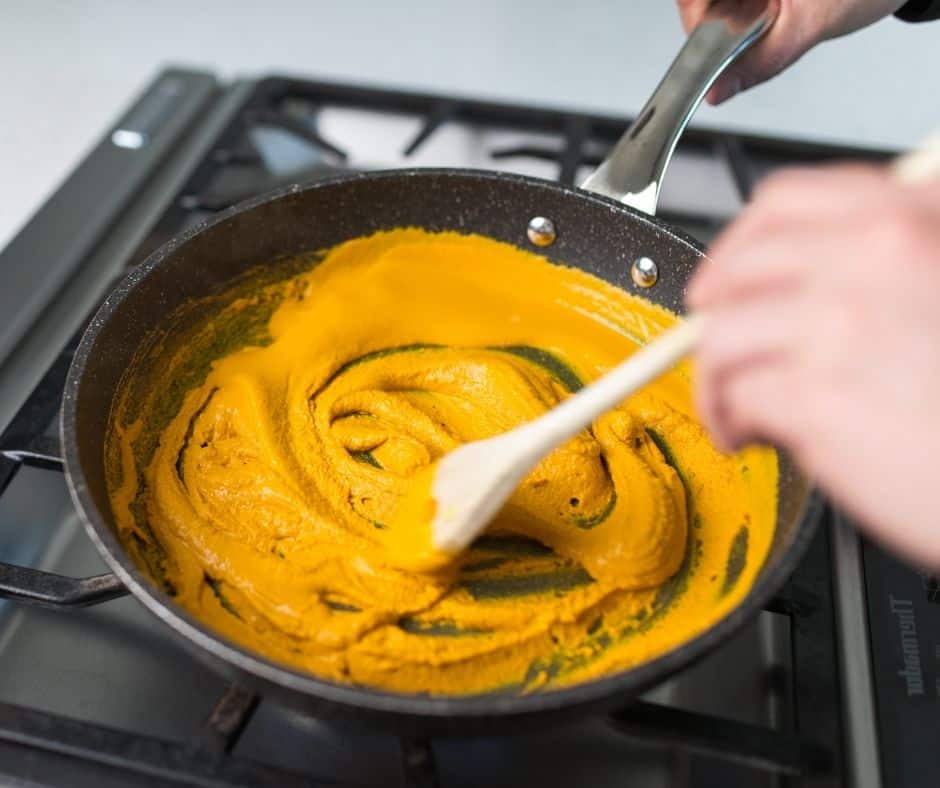
Some experts have indicated that the water solubility of turmeric – and thus, its bioavailability – can be improved simply by exposing turmeric to heat.
According to nutritionist Dr. Rupali Dutta, the cooking process is conducive to turmeric absorption, but only if it is done carefully. [3]It is suggested that a cooking period of five to ten minutes is best for achieving optimal curcuminoid absorption in the body.
In instances where longer cooking times are required, one study has shown that using a souring agent like tamarind can help limit any deleterious effects.
Nonetheless, the best approach when cooking turmeric is to keep boiling durations short, waiting as long as possible before adding it to your recipe.
4. Make A Wellness Shot
They say that the best things in life come in small portions. One of the easiest ways to add turmeric to your diet is by drinking a small, spicy, and nutrition-tense wellness shot.
Wellness shots are typically concentrated and condensed cold-pressed juices made from plants, herbs, and spices and will provide your body with a quick burst of nutrients in one little shot.
Some shots contain only fresh turmeric and ginger juice, while others include apple cider vinegar, lemon juice, apple juice, and cayenne pepper and honey.
Many popular turmeric wellness shot recipes also include bioavailability boosters to ensure maximum nutrient absorption.
These shots are easy to make and can be taken as a morning energy booster, or you can drink them throughout the day.
Here are some of my favorite wellness shots that are very effective and absolutely delicious with a peppery sweet tang and pungent and spicy aftertaste.
Check out my latest post below, where I cover my 7 most popular homemade turmeric shots that also include bioavailability enhancers: How To Make Wellness Shots With Bioavailability Boosters?
5. Eat The Whole Turmeric Root
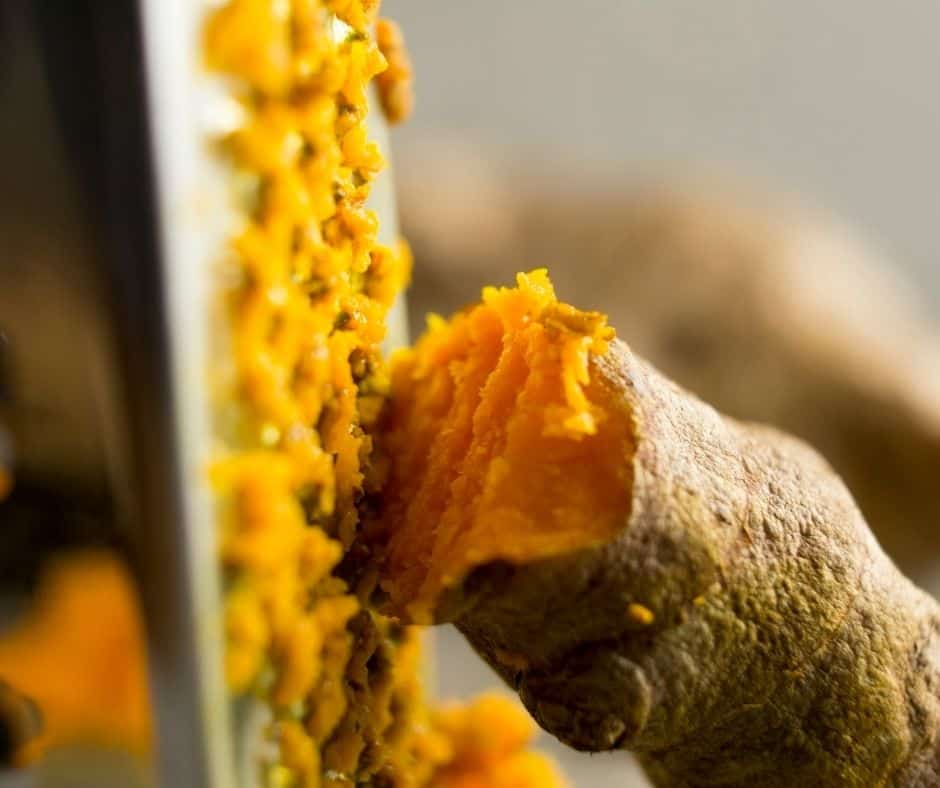
There is more to turmeric than just curcumin. There are over 100 powerful ingredients in the turmeric root which have been found to have beneficial properties. [4]
So, another good way to boost turmeric’s absorption is to eat turmeric root in its natural state, just the way Mother Nature intended.
Processing of the raw turmeric root could minimize or completely eliminate many of the other beneficial compounds. Most supplements contain only the primary bioactive substance, curcumin.
In Ayurvedic practices, the whole spice was used as various compounds in turmeric work synergistically together and not only provide extra nutrients but also aid in curcumin absorption. Many nutritionists suggest that using whole fresh turmeric root is better (in most cases) than using supplements or powdered versions.
Top Tip: If you are using fresh and organic turmeric root, you don’t need to peel it, as many essential oils and nutrients are right under the peel. Just carefully wash the turmeric root using a brush.
6. Eat With Quercetin Rich Foods
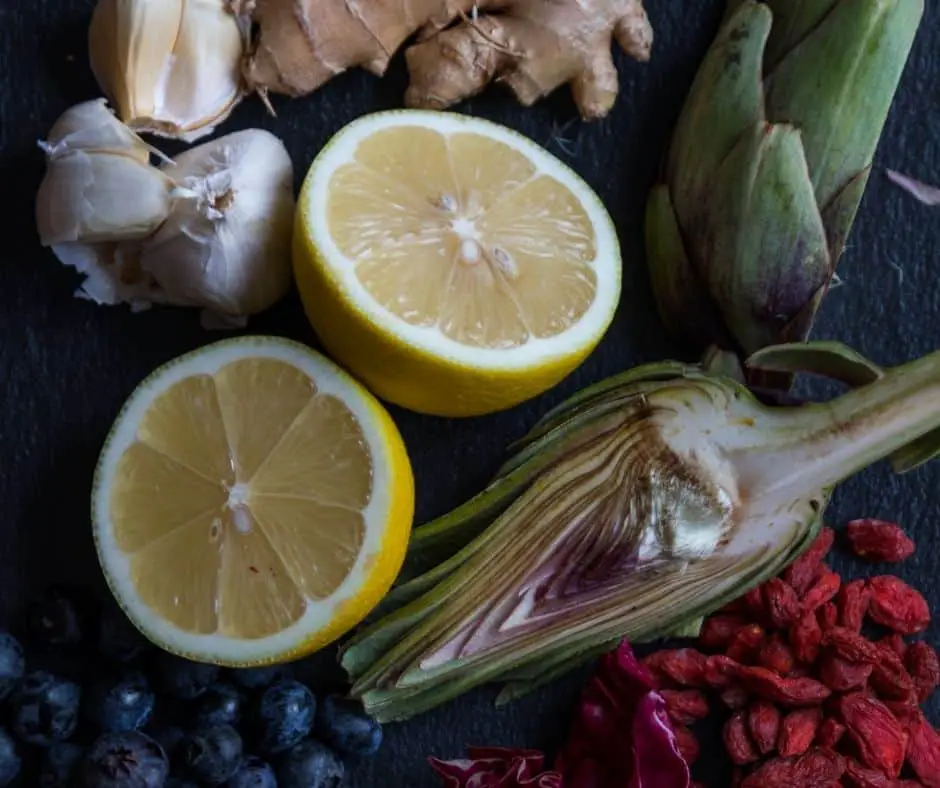
Commonly found in plant foods, Quercetin is a pigment (or flavonol) that provides color to many fruits and vegetables.
Experts believe that it aids curcumin’s absorption into the intestines by acting as an inhibitor of enzymes that would otherwise hinder its progress into the bloodstream.
One study discovered that curcumin’s intestinal permeability increased by 147% when paired with Quercetin. [5]
Quercetin-rich foods are plentiful in nature; onions, kale, berries, red grapes, citrus, fruits, cherries, and Matcha green tea are especially dense with this fantastic compound.
So, get the most benefit, chuck some cherries and blueberry into your smoothie next time, along with a fresh turmeric root.
7. Drink It as a Haldi Doodh (a.k.a Turmeric Milk)
Relatively new to the Western world, this drink has been consumed for centuries in its spiritual home of India. [6]
Traditional Haldi Doodh (haldi-turmeric & doodh-milk) was created in alignment with ayurvedic practices, containing a mix of ingredients and other spices, such as cinnamon, ginger, and black pepper.
In recent times, the popularity and growth of this beverage have paved the way for more modern recipes and ‘spin-offs’ like the Golden Latte (Haldi doodh, but with frothy milk!).
A simple, more authentic version consists of turmeric, full-fat milk, black pepper, and honey, making it a real turmeric absorption superfood!
Traditional Golden Milk Recipe
This authentic Golden Milk recipe is made with turmeric, milk, and warm spices, and it includes several bioavailability enhancers. It is a perfect drink when you feel under the weather or when you just need a little pick-me-up!
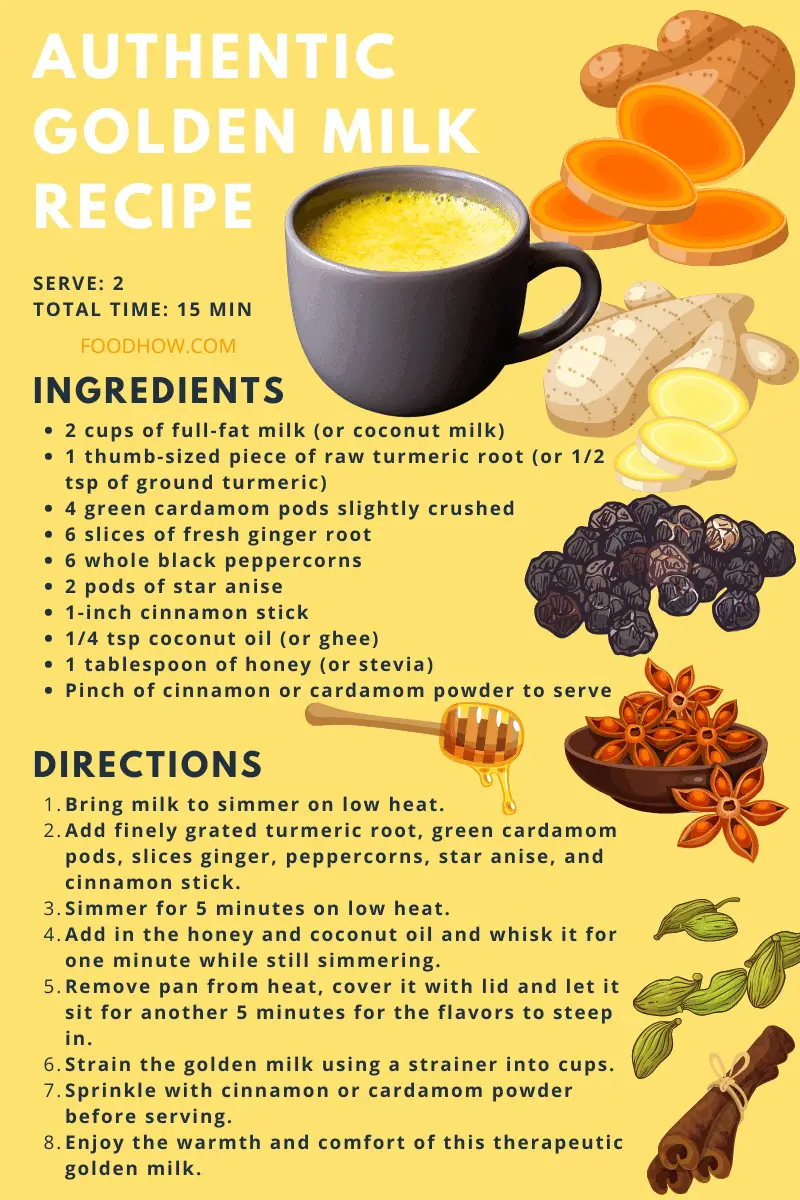
Ingredients:
- 2 cups of full-fat milk (or coconut milk)
- 1 thumb-sized piece of raw turmeric root (or 1/2 tsp of ground turmeric)
- 4 green cardamom pods slightly crushed
- 6 slices of fresh ginger root
- 6 whole black peppercorns
- 2 pods of star anise
- 1-inch cinnamon stick
- 1/4 tsp coconut oil (or ghee clarified butter)
- 1 tablespoon of honey (or stevia)
- Pinch of cinnamon or cardamom powder to serve (optional)
Instructions:
- Bring milk to a simmer on low heat.
- Add finely grated turmeric root, green cardamom pods, slices of ginger, peppercorns, star anise, and cinnamon stick.
- Simmer for 5 minutes on low heat.
- Add in the honey and coconut oil and whisk it all together for one minute while still simmering.
- Remove the pan from heat, cover it with a lid, and let it sit for another 5 minutes for the flavors to steep in.
- Strain the golden milk using a strainer into cups.
- Sprinkle with cinnamon or cardamom powder before serving.
- Enjoy the warmth and comfort of this therapeutic golden milk.
Although I do always advocate for the fresh, homemade version for most things, you can get quite a powerful, readymade blend of organic
Golden Milk powder like the one below. It is a great option if you are in a rush or want to make a cup of golden milk at work. It also has a very impressive list of ingredients, including Ashwagandha and a blend of Probiotics.
How Much Turmeric Root To Eat Daily
Many experts recommend eating between half a teaspoon and one teaspoon of turmeric powder per day with food to get the most benefit. That equals consuming 1-3 tablespoons of freshly grated spice a day. [7], [8]
There are about 400 milligrams of curcumin in one tablespoon of freshly grated turmeric. The typical recommended dose is 500 to 2,000 mg of curcumin per day. So, eating 1-3 tablespoons of fresh turmeric a day would give you an adequate dose.
Read Also: 6 Best Ways To Eat Ginger To Get The Most Benefit
